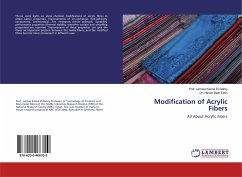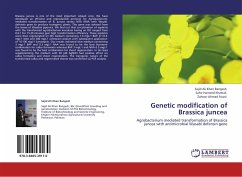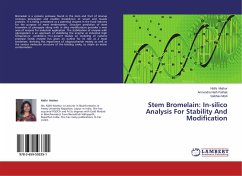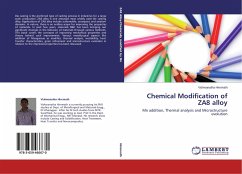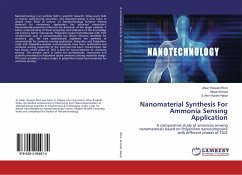Plasma polymerization of fluorocarbons was investigated and compared to hydrocarbons. In fluorocarbon discharges, the plasma phase does not contain much polymer-forming species and the monomer deficient domain shifts to low W/FM and low GR/FM. The differences are attributed to the nature of fluorocarbons and the locations of the dissociation glow. In the second section, surface modification treatments were performed on seven polymers using low temperature cascade arc torch (LTCAT) of Ar with or without adding reactive gas of O2 or H2O. Static and dynamic surface characterization techniques were used to examine changes in wettability and surface stability and surface degradation. The surface stability induced from Ar LTCAT treatments was attributed to the CASING effect (cross linking via activated species of inert gas). Addition of O2 or H2O into Ar LTCAT resulted in greater wettability, but enhanced oligomer formation, which was more pronounced with H2O. The surface oligomer formation is attributed to alkoxy degradation reactions and enhanced chain scission.



